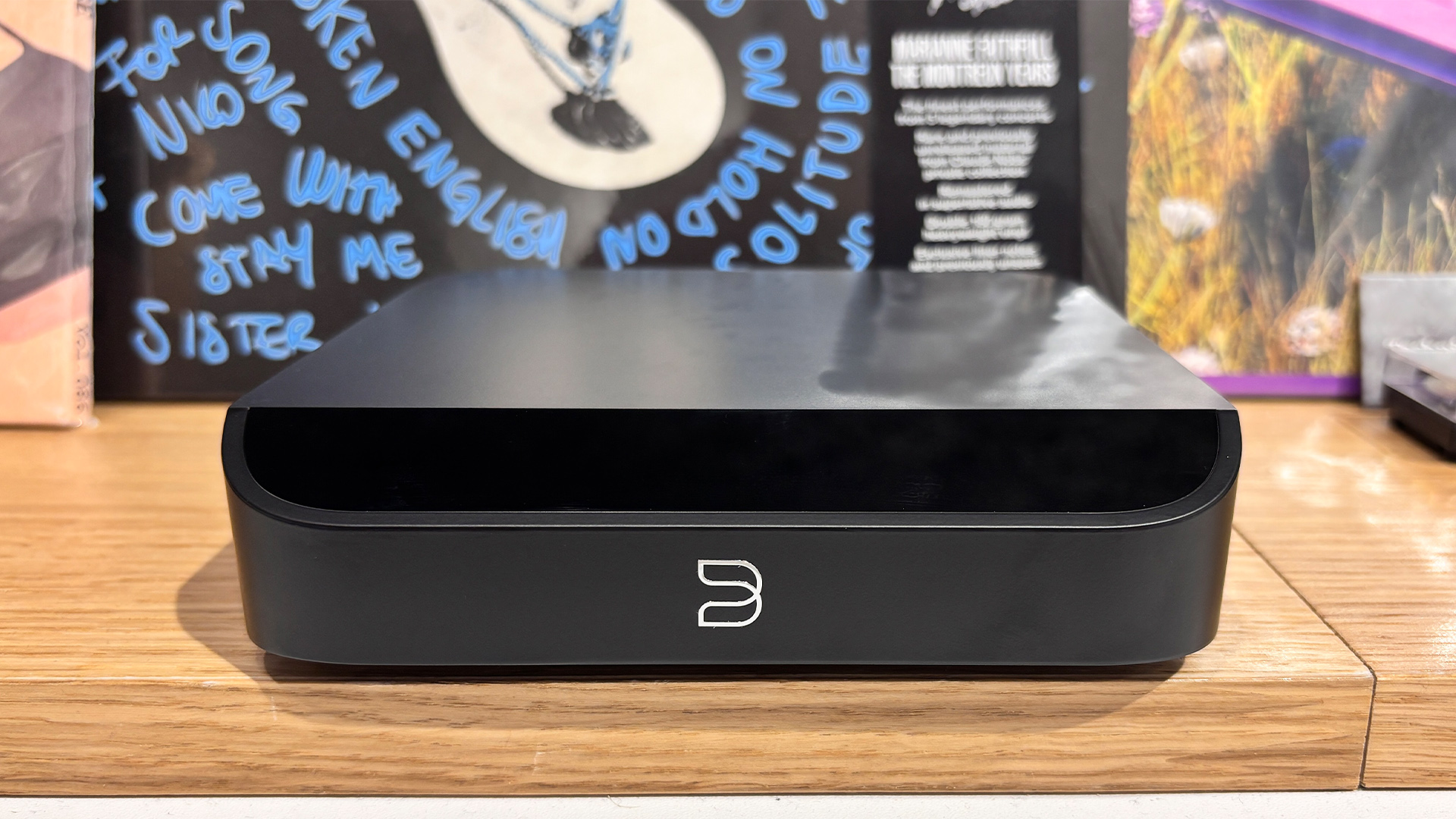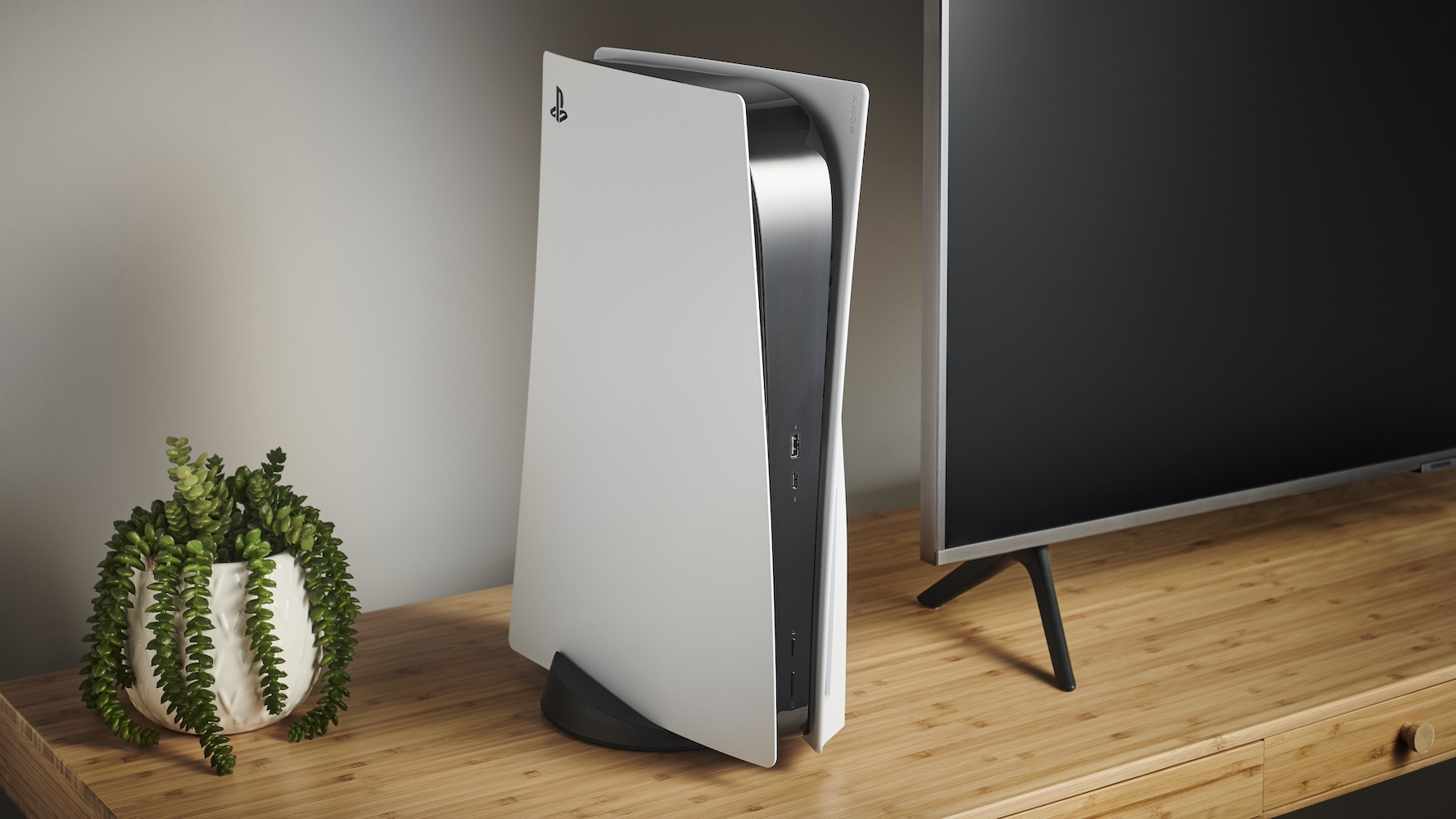What Hi-Fi? Verdict
The Node Nano should appeal to anyone searching for smooth, robust sound and ample streaming features in a very small package. If you prioritise musical dynamism, however, it may not quite be to your taste.
Pros
- +
Smooth, solid sound presentation
- +
Strong streaming features
- +
Neat, appealing design
Cons
- -
Below-par rhythmic performance
- -
Rivals offer greater sonic dynamism
Why you can trust What Hi-Fi?
The late great musical icon Prince was, when not enhancing his stature using fancy footwear, just 5 feet 2 inches tall. Angus Young of AC/DC currently clocks in at the same height, whereas pop sensation du jour Sabrina Carpenter barely scrapes into the five-foot club at all. That restricted size, however, didn’t prevent Carpenter from giving the world the 2024 mega-hit Espresso and jamming it into the brains of some What Hi-Fi? writers from now until the end of time.
To employ that awful cliché, it turns out that good things can indeed come in small packages, words that Canadian audio brand Bluesound aims to prove aren’t just an empty platitude. Bluesound unveiled its three new-generation music streamers in 2024 – the premium Node Icon, the affordable Node (2024) and the entry-level Node Nano – and while all three models are compact by design, the Nano is by far the titchiest, and cheapest, of the trio.
A small price and stature plus big performance could equal a seriously attractive entry-level proposition.
Build & Design
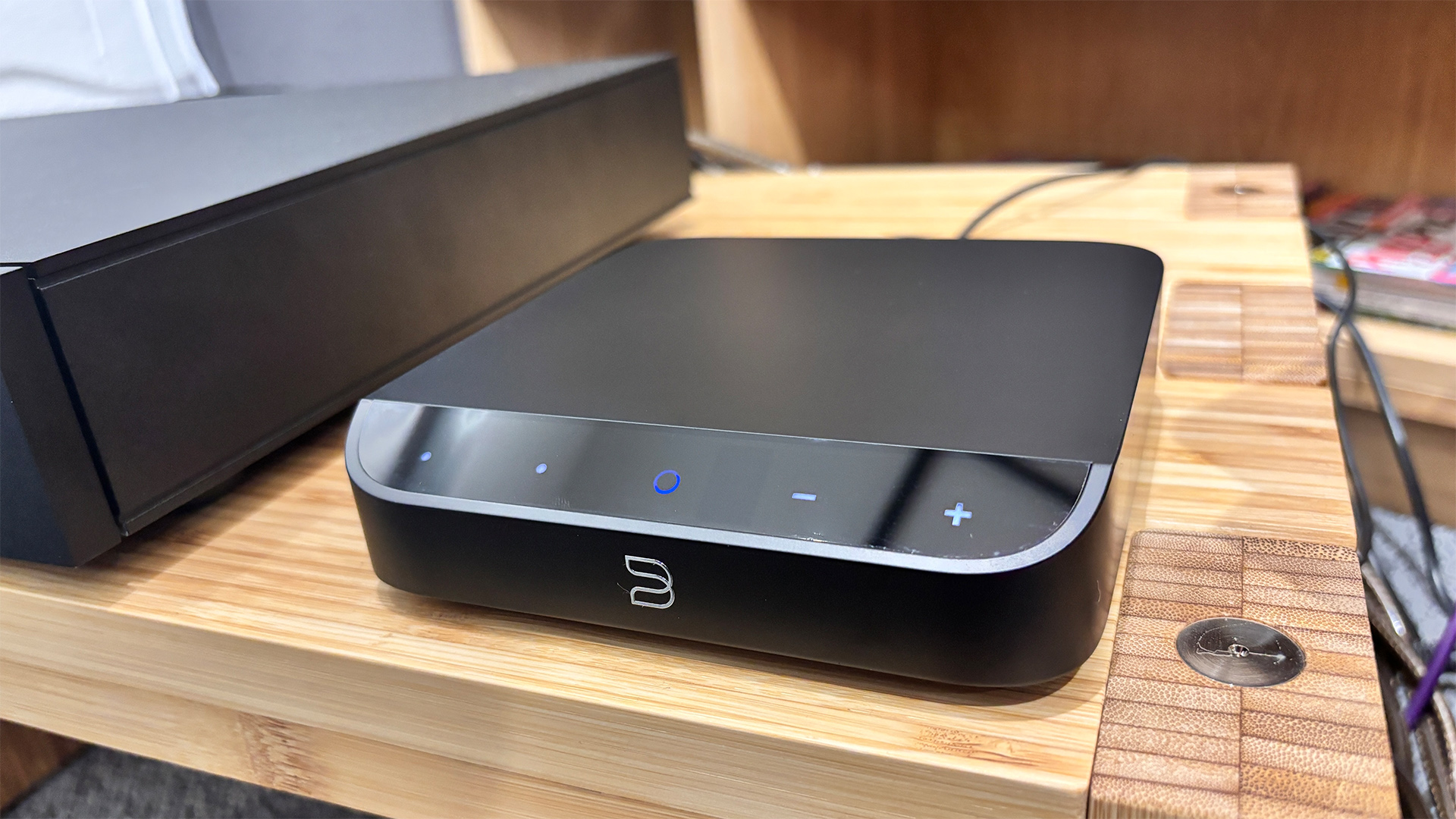
Naturally, the name ‘Nano’ will have given you a clue that Bluesound’s smallest member of the Node family is hardly a behemoth, but it still came as something of a surprise to our reviewers to take it out of its box and notice just how titchy this entry-level unit actually is. We’re not quite in the deck of cards or bar of soap territory, but the Nano is so dinky that you can place it in one hand with ease – think of a squarer paperback book and you’ll be in the right sort of ballpark.
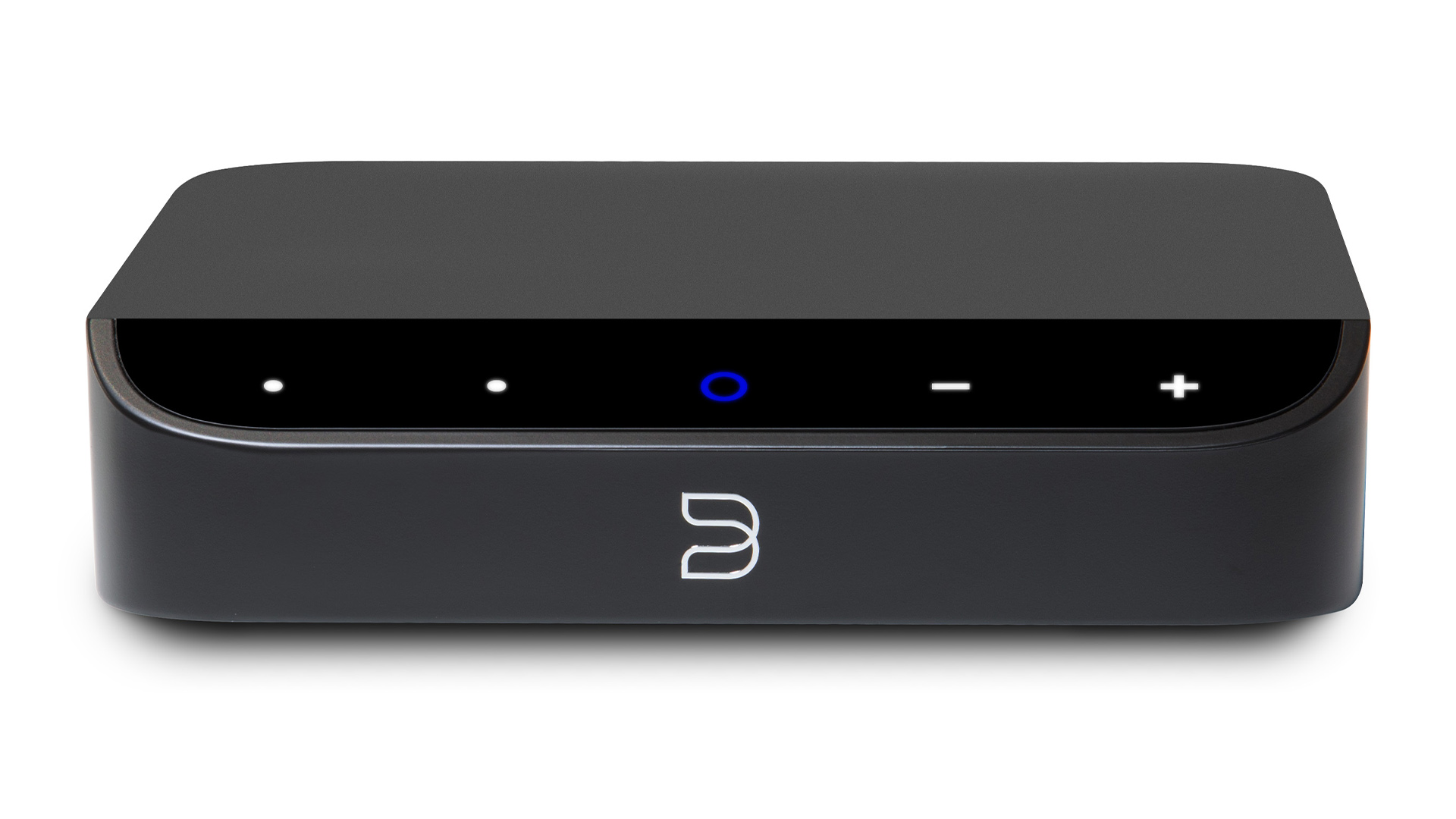
Sources AirPlay 2, Bluetooth 5.2, Spotify Connect, Tidal Connect, Deezer, Roon Ready
Network Wi-fi, ethernet
Inputs USB type A (storage)
Outputs RCA, coaxial, optical
Headphone output? No
Max file resolution 24-bit/192kHz PCM, DSD256
Dimensions (hwd) 3.6cm x 14.3 x 14.3cm
Weight 0.57kg
There’s sufficient evidence that Bluesound has done its best to make the Nano a handsome little fellow. The music streamer’s control panel – which allows for access to saved presets, play/pause and volume adjustment – sits on a stylish angled frontage, and although the rest of the unit isn’t heaving with the kind of fancy embellishments that would make an aesthete swoon, the Bluesound is a compact, durable-feeling object that doesn’t offend the eye or hand.
There is a strip of touch-capacitative controls on the front of the unit for basic playback controls and volume changing, but there’s no remote. Much like the Node (2024) we reviewed recently, this isn’t a problem, as you’ll be controlling the Nano using your smartphone and the accompanying BluOS app.
Features
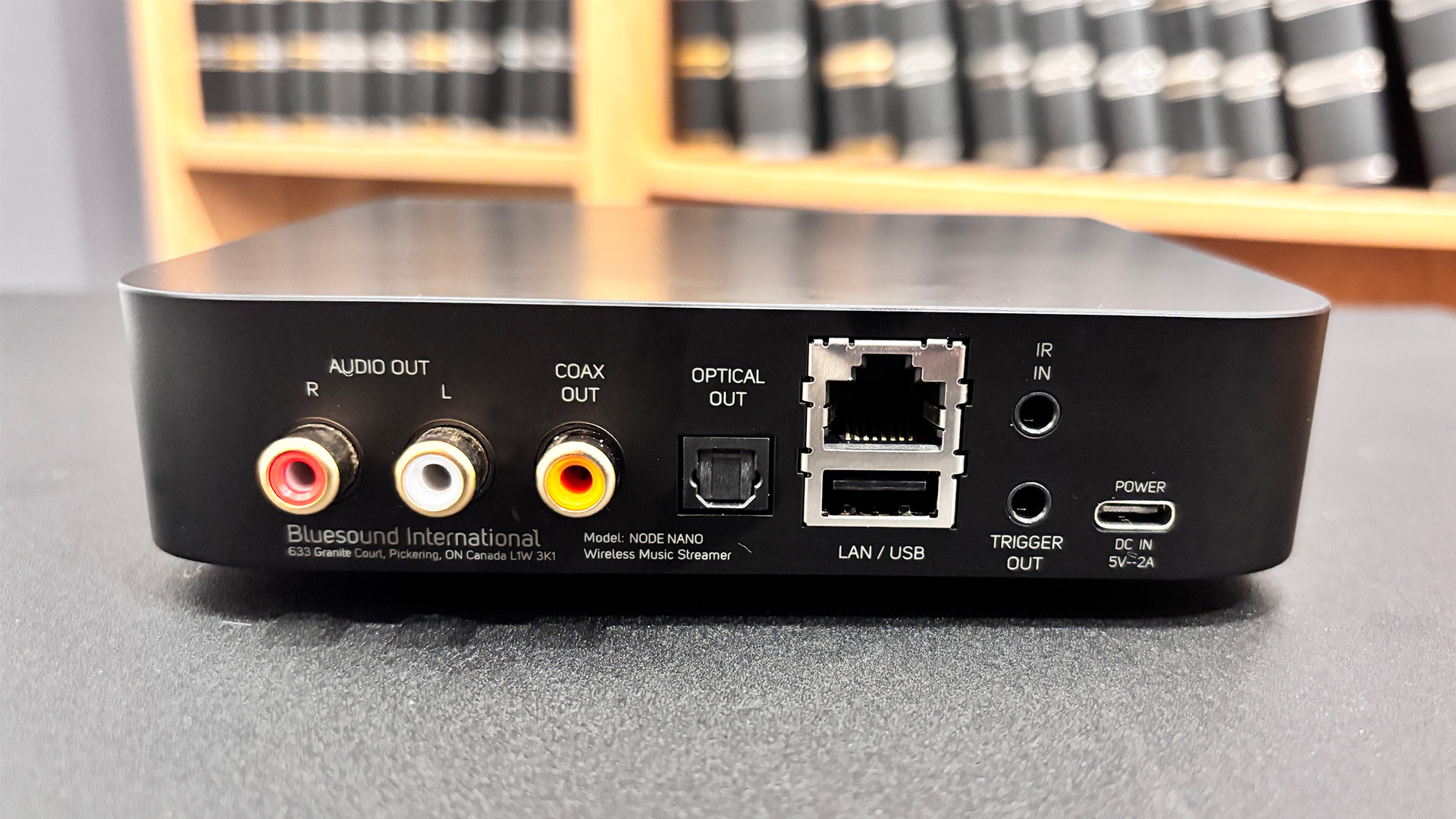
Considering it was built to act as a first step into the world of music streaming, we wouldn’t have been surprised if the Nano lost out on some of the key hardware as its larger, costlier siblings, so we’re pleased to find that the micro-music streamer packs the same ESS ES9039Q2M Sabre DAC as its bigger brothers.
Around the back, you’ll find RCA, coaxial and optical outputs, USB-A and Ethernet ports and a USB-C power port, but if you’re seeking the luxuries of HDMI ARC or a headphone output, you’re going to have to make the step up to the larger Bluesound Node (2024).
The Nano is no slouch when it comes to streaming smarts, though, offering Amazon Music, Deezer, Tidal Connect and Spotify Connect alongside Apple AirPlay 2 and Bluetooth 5.2 with aptX Adaptive codec support. It can connect to your home network via wi-fi or ethernet, and is capable of handling hi-res PCM files up to 24-bit/192kHz alongside DSD256 files. As with the Node (2024), however, there is no Chromecast built-in support here – which is disappointing as rivals at this price do offer this feature.
The new Bluesound network audio player has the BluOS platform as its beating heart, reliable software that we rarely have any trouble with. The BluOS app is where your music library and streaming services can be accessed and managed, and also acts as a place to personalise your experience by curating preset playlists, managing your general settings or adding your preferred music services to the platform.
Sound

We plug the Bluesound Nano into our Naim Nait XS 3 amplifier (£2199 / $299) and Epos ES-7N standmount speakers (£1890 / $2850). This is an entry-level network player at home with a more affordable set-up, but our reference system helps us to clearly assess the streamer’s performance. For more price-comparable partners, the excellent Rotel A8 (£399 / $449 / AU$649) amp and a pair of Dali Oberon 1 (£349 / $480 approx) or Wharfedale Diamond 12.1 (£249 / $399 / AU$699) standmounts would make perfect sense.
The Node Nano is cut from the same sonic cloth as the new Node (2024), again showcasing a sonic direction that Bluesound seems to be sticking to with its new generation of network players. Solidity and smoothness are the priorities, embuing Lana Del Rey’s vocals on Born To Die with enough weight to make her performance sound appropriately grandiose. The Nano offers Del Rey the support she deserves, amping up the power of her voice, not to mention the strings and percussion behind, to make the whole ensemble feel potently muscular. There’s a sense of scale here, too, and rarely do we worry that the Nano doesn’t have the firepower to give tracks – be they grand ballads or zippy rock workouts – sufficient breadth.
If solidity is one of the Nano’s key assets, smoothness must surely be the other. A feeling of muscularity might have you thinking that the Nano, despite its size, is something of a handful, but its easygoing nature provides a pleasingly undemanding listen. Smoothing off hard edges and opting for a more conciliatory approach, we can see the appeal of the Nano when listened to side-by-side with the leaner, sometimes harsher line taken by the rival WiiM Pro Plus (£219 / $219 / AU$339).
Let’s also be clear that, while we’re not floating around in the rarefied atmosphere of the new high-end Cyrus 40 ST, say, the cheap-as-chips Nano doesn’t leave you bereft of textural insight. More capable performers could conceivably tease out more strands of detail to Thom Yorke’s signature wailings on Radiohead’s You And Whose Army?, but the Nano does a fine job of giving a decent overall impression. If the Nano were to paint its version of Vermeer’s Girl With the Pearl Earring, it would certainly manage to do a decent job of outlining the girl, even if it might not quite pick up on the subtle shine of her titular earring.
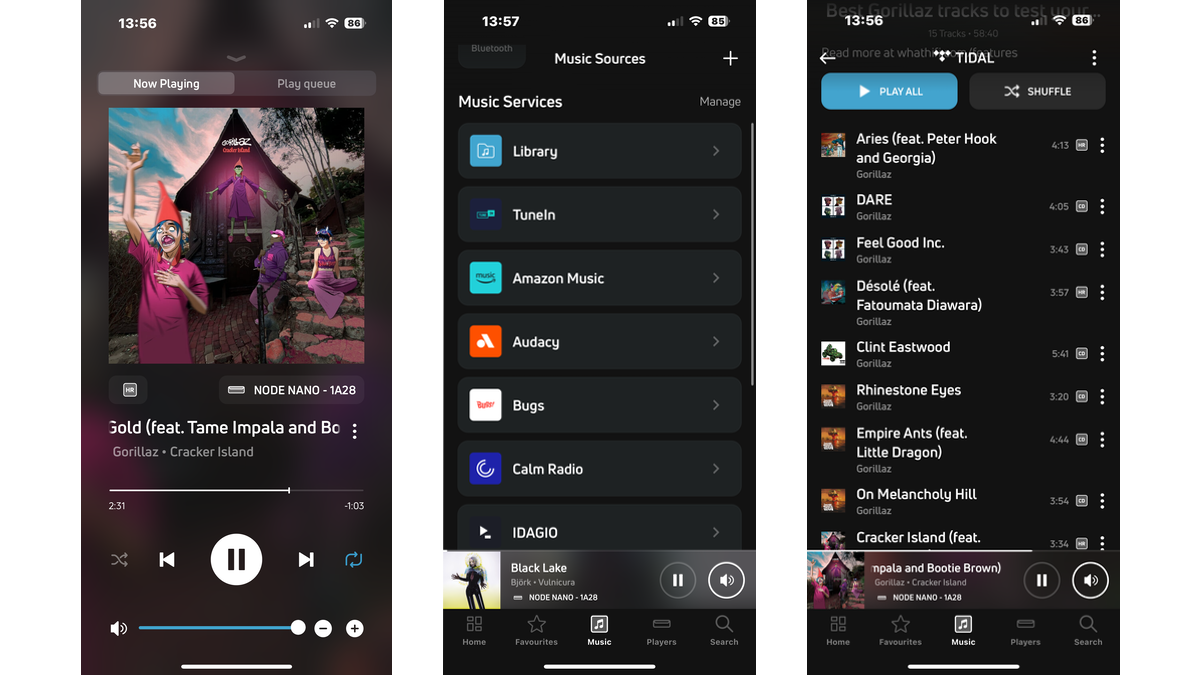
That said, the Nano struggles more when it comes to providing a piece with sufficient dynamic perceptiveness to turn a pretty painting into an incomparable masterwork. Easygoing and robust as You And Whose Army? sounds through the Bluesound, it’s hard to escape the lack of drama that ensues as the track builds toward its supposed climax, with the titchy streamer tending to smooth over dramatic crescendos and decrescendos, to the detriment of a song’s emotional impact.
It’s easily beatable for rhythmic capabilities, too. That smooth nature could be less charitably described as a little leaden, and it’s certainly true that much of the sonic momentum of Hans Zimmer’s Up Is Down from Pirates of the Caribbean: At World’s End is cast overboard and lost in Davy Jones’ proverbial locker. Core rhythmic patterns are often poorly conveyed, a deficit that shows up particularly starkly when listening out for the distinctive drum pattern on Born To Die. Squint your ears and you’ll detect it, but it requires noticeable effort on the part of the listener. If you want more rhythmic snap and insight, the cheaper WiiM Pro Plus would be the logical alternative.
Verdict
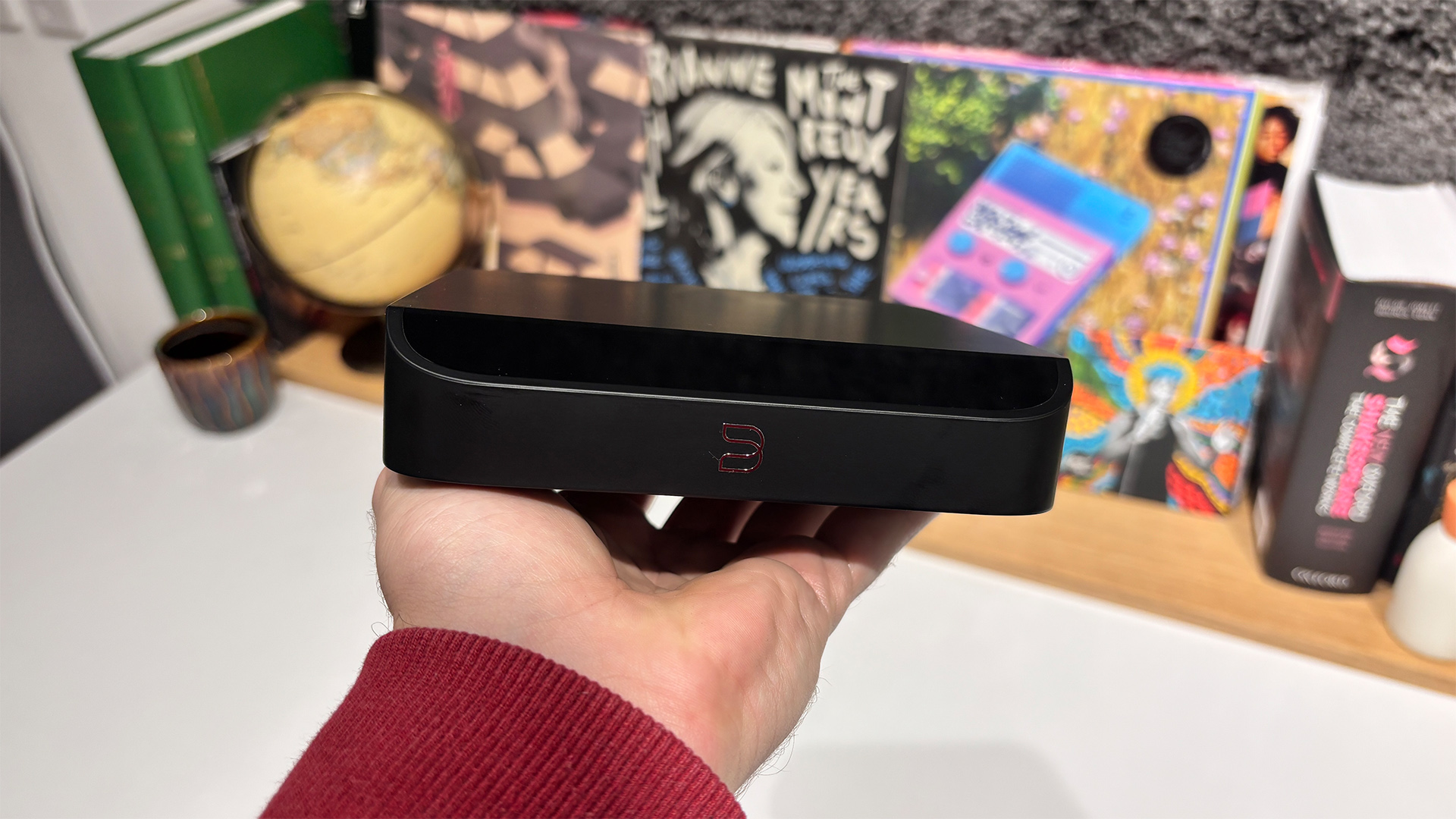
Given its price and size, there’s plenty that makes the Bluesound Node Nano a serious proposition if you’re getting into the world of separates hi-fi and want an affordable, compact music streamer to act as the heart of your fledgling affordable system.
While some may favour the rival WiiM Pro Plus’ leaner, tighter sound, the Bluesound makes a case for itself with greater levels of sonic smoothness and weight. Small, smart and solid sounding, the Nano does a decent job of proving that size doesn’t always matter.
First reviewed: December 2024
SCORES
- Sound 4
- Build 4
- Features 5
MORE:
Read our review of the WiiM Pro Plus
Also consider the Cambridge Audio MXN10
Read our Bluesound Node (2024) review
Best music streamers: top network audio players tested by our experts
What Hi-Fi?, founded in 1976, is the world's leading independent guide to buying and owning hi-fi and home entertainment products. Our comprehensive tests help you buy the very best for your money, with our advice sections giving you step-by-step information on how to get even more from your music and movies. Everything is tested by our dedicated team of in-house reviewers in our custom-built test rooms in London, Reading and Bath. Our coveted five-star rating and Awards are recognised all over the world as the ultimate seal of approval, so you can buy with absolute confidence.
